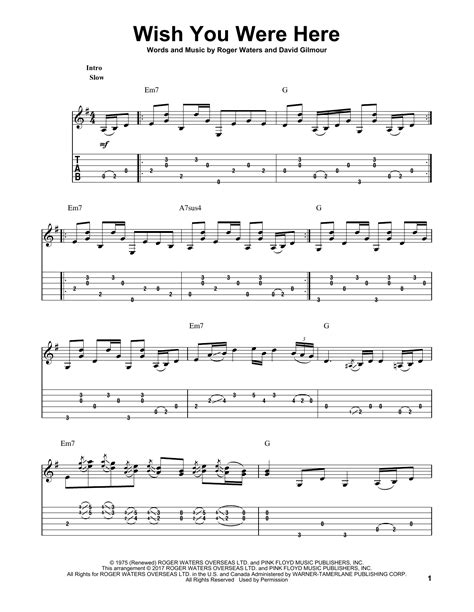"Wish You Were Here" by Pink Floyd – it’s a song that resonates with longing, connection, and the bittersweet beauty of absence. I remember struggling to nail those opening chords the first time I picked up a guitar. Let me tell you, getting it right is *so* satisfying. This guide is for everyone who wants to capture that magic, from beginners fumbling with their first chords to seasoned players looking for a deeper understanding. We'll break down the chords, explore different voicings, and even look at adding your own personal touch to this iconic tune.
The Essential Chords: Your Starting Point
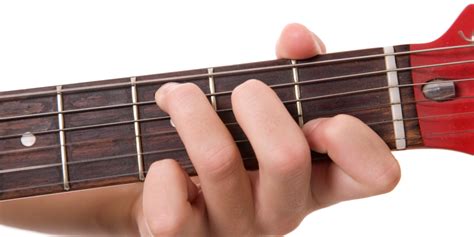
These are the core chords you'll need to get started. They’re presented in their most common, beginner-friendly voicings. Don't worry, we'll explore more complex options later!
- G Major: 320003 (Standard G)
- D Major: xx0232
- Am (A Minor): x02210
- C Major: x32010
- Em (E Minor): 022000
*Personal Scenario:* These are the exact chords I used when I first learned the song. Trust me, starting simple is key!
Adding Flavor: Open Chords and Variations

While the basic chords are great, let's explore some variations that can add a unique flavor to your rendition. Think of these as spices to sprinkle in.
- G6: 320030 (Adds a jazzy, melancholic feel)
- D/F#: 200232 (A walking bassline effect – try moving from G to D/F# to Em)
- Am7: x02010 (A softer, more introspective Am)
- Cadd9: x32030 (Adds a brighter, more hopeful quality)
- Em7: 020000 (Smoother than a standard Em)
*Personal Scenario:* When playing the song with others, I often use the G6. It adds a little something extra that people notice!
The Acoustic Intro: Fingerpicking and Arpeggios
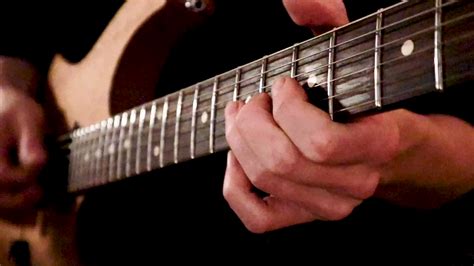
This is where the song really shines. The gentle fingerpicking sets the stage for the emotional journey ahead. Learning the intro is worth the effort!
- Focus on the bass notes (G, D, A, C, E)
- Practice the fingerpicking pattern slowly at first. Speed will come later.
- Experiment with different right-hand techniques (rest stroke, free stroke)
*Hypothetical Scenario:* Imagine playing this intro around a campfire. It's the perfect setting for sharing stories and creating memories.
Capturing the Emotion: Dynamic Playing and Nuance

"Wish You Were Here" isn't just about playing the right chords; it's about conveying the feeling behind them. Dynamic playing is crucial here.
- Vary your strumming intensity. Soft during the verses, building during the chorus.
- Use palm muting to create a more intimate, subdued tone.
- Pay attention to the rests and pauses. Silence is just as important as the notes.
*My Preference:* I personally love using a combination of fingerpicking and light strumming to add texture and depth.
The Gilmour Lick: Adding a Touch of Genius

That iconic guitar solo is instantly recognizable. While it might seem daunting, you can learn simplified versions to capture the essence of Gilmour's playing.
- Focus on the pentatonic scale in G major.
- Learn a few key phrases from the original solo.
- Don't be afraid to improvise and put your own spin on it.
*Funny Warning:* Don’t be like me and try to shred the entire solo on your first try. Start slow and build up!
Adding Your Own Voice: Personalizing the Song
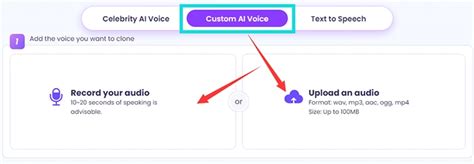
Ultimately, the best way to play "Wish You Were Here" is to make it your own. Experiment with different voicings, strumming patterns, and vocal interpretations. Let your personality shine through.
- Change the key to suit your vocal range.
- Add your own harmonies or backing vocals.
- Tell a story with your playing and singing.
Tips for Personalizing Your Pink Floyd Rendition
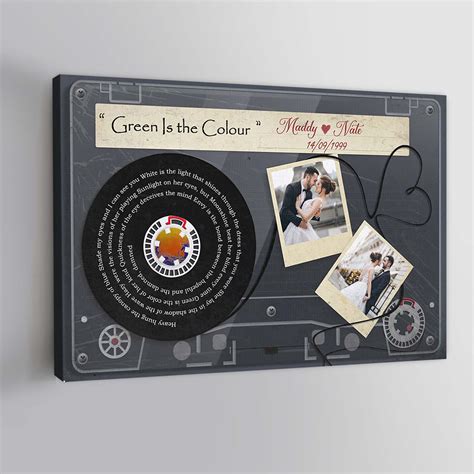
- Think about the meaning of the song: Connect your personal experiences of absence or longing.
- Listen closely to the original: Pay attention to the subtle nuances and dynamics.
- Experiment with different effects: Reverb, delay, and chorus can add depth and texture.
- Add a unique intro or outro: This is your chance to put your own stamp on the song.
- Consider your audience: Are you playing for friends, family, or a larger crowd?
- Practice makes perfect: The more you play, the more comfortable and confident you'll become.
- I find a slower tempo helps bring out the emotion. Try experimenting with different speeds.
Common Pitfalls: What to AVOID When Playing "Wish You Were Here"

- Rushing the tempo: The song needs space to breathe.
- Playing too loud: Subtlety is key.
- Ignoring the dynamics: Pay attention to the quiet and loud passages.
- Using generic strumming patterns: Explore different rhythms and textures.
- Being afraid to experiment: Don't be afraid to try new things and find your own voice.
- Not listening to the original: Understanding the nuances of the song is crucial.
- Don't be like me and forget to tune your guitar before you start! It can really kill the vibe.
Now go grab your guitar, tune those strings, and lose yourself in the beauty of "Wish You Were Here." It’s a journey worth taking, and I hope this guide helps you along the way. Happy playing!
